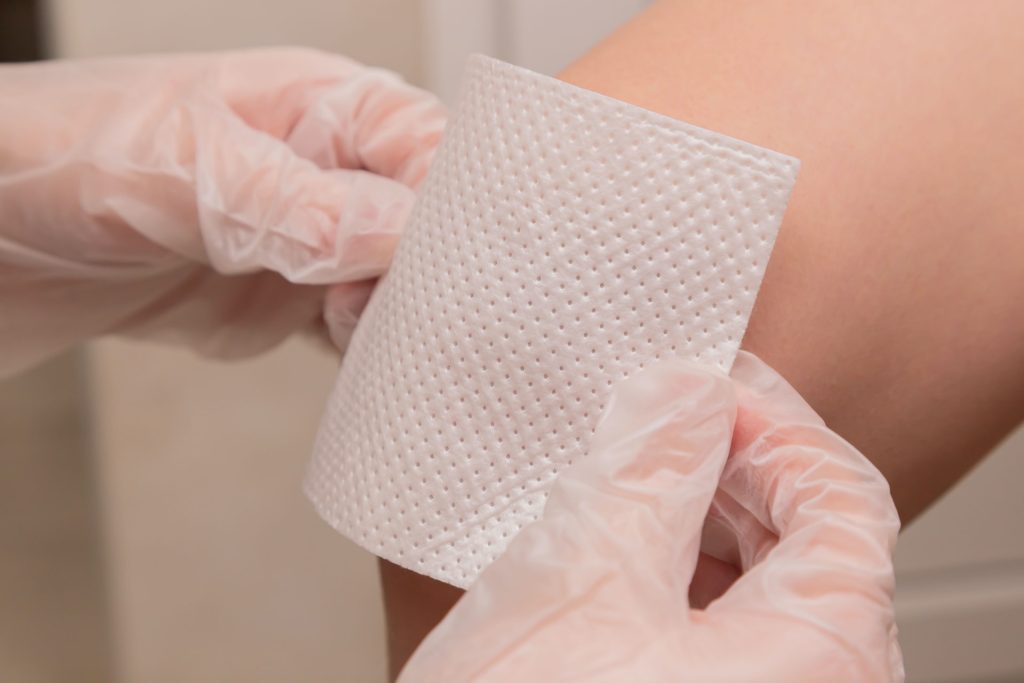Autism in Children Linked to Diabetes, Dyslipidaemia

Studies have shown that children with autism spectrum disorder (ASD) have an increased risk of obesity. In turn, obesity has been linked to increased risks for diabetes, dyslipidaemia and other cardiometabolic disorders. However, the question of whether or not there is an association between autism, cardiometabolic disorders and obesity remains largely unanswered.
To help provide an insight into the possible link between ASD and cardiometabolic diseases, Texas Tech University researchers conducted a systematic review and meta-analysis. Their findings were published in JAMA Pediatrics.
In this latest meta-analysis, the researchers evaluated 34 studies that included 276 173 participants who were diagnosed with ASD and 7 733 306 who were not. The results indicated that ASD was associated with greater risks of developing diabetes overall, including both type 1 and type 2 diabetes.
The meta-analysis also determined that autism is associated with increased risks of dyslipidaemia and heart disease, though there was no significant increased risk of hypertension and stroke associated with autism. However, meta-regression analyses revealed that children with autism were at a greater associated risk of developing diabetes and hypertension when compared with adults.
Study leader Chanaka N. Kahathuduwa, MD, PhD, said the overall results demonstrate the associated increased risk of cardiometabolic diseases in ASD patients, which should prompt clinicians to more closely monitor these patients for potential contributors, including signs of cardiometabolic disease and their complications.
“We have established the associations between autism and obesity, as well as autism and cardiometabolic disease, including diabetes and dyslipidaemia,” Kahathuduwa said. “We don’t have data to support a conclusion that autism is causing these metabolic derangements, but since we know that a child with autism is more likely to develop these metabolic complications and derangements down the road, I believe physicians should evaluate children with autism more vigilantly and maybe start screening them earlier than the usual.”
Kahathuduwa also believes the study shows that physicians should think twice before prescribing medications such as olanzapine that are well known to have metabolic adverse effects to children with autism.
“Our findings should also be an eye opener for patients with autism and parents of kids with autism to simply be mindful about the higher risk of developing obesity and metabolic complications,” Kahathuduwa added. “Then they can talk with their physicians about strategies to prevent obesity and metabolic disease.”
Kahathuduwa said the next logical step for the collaborative team would be to generate evidence that either supports or rejects causality with regard to the observed associations.





